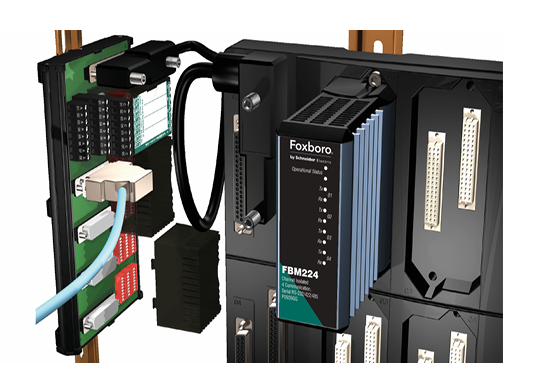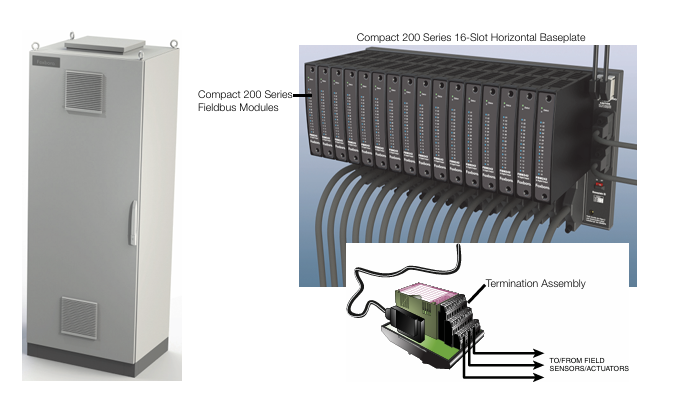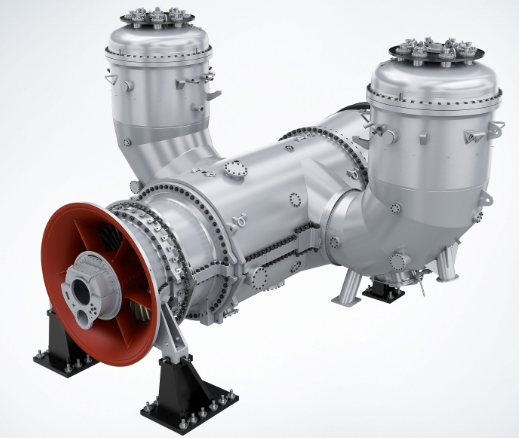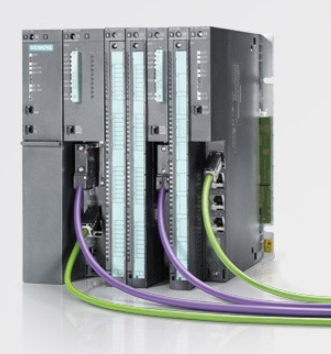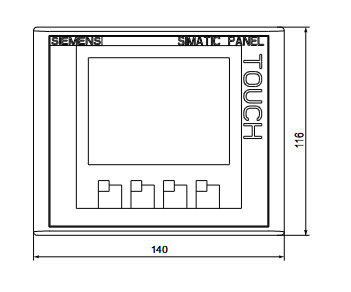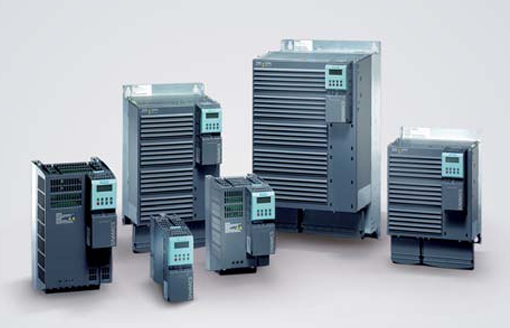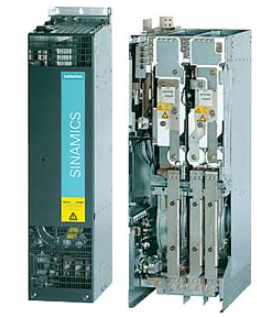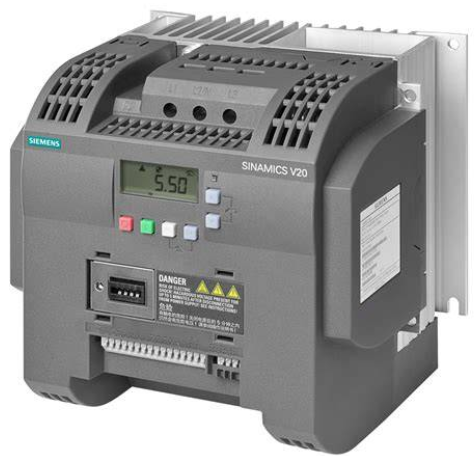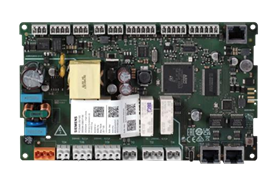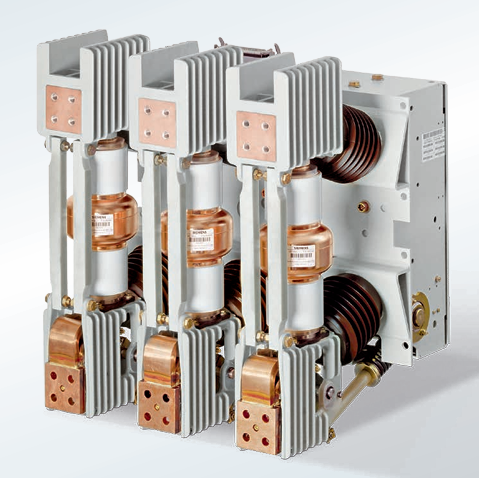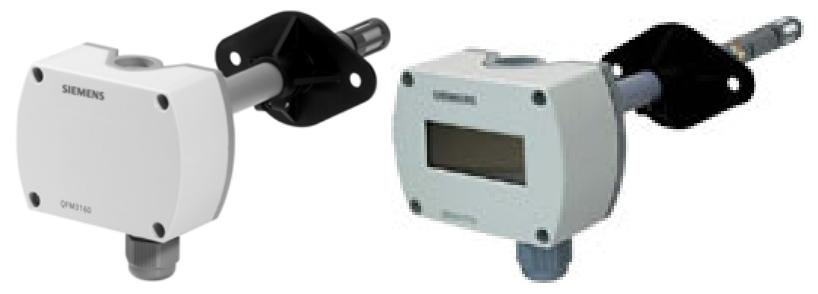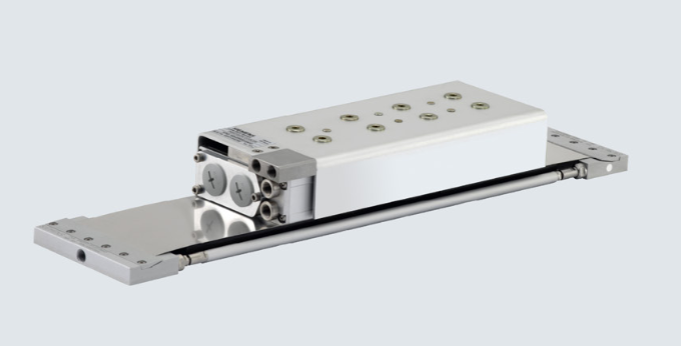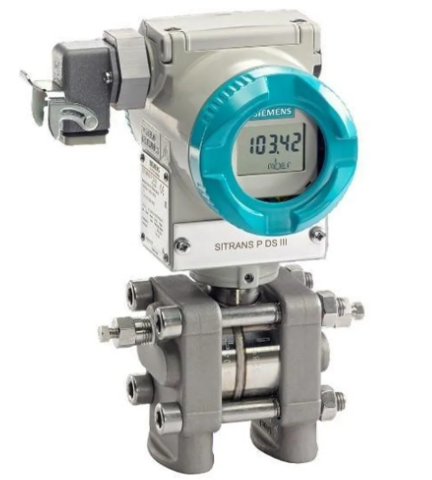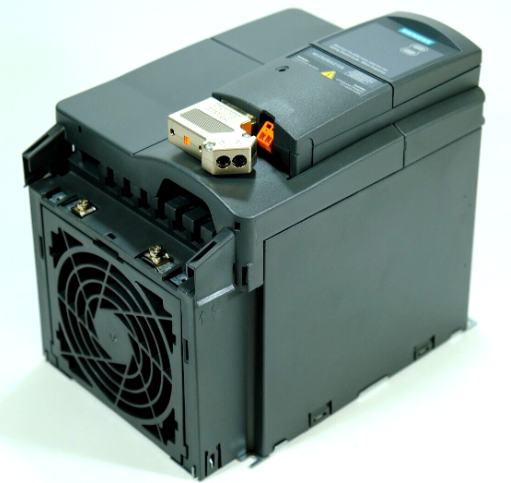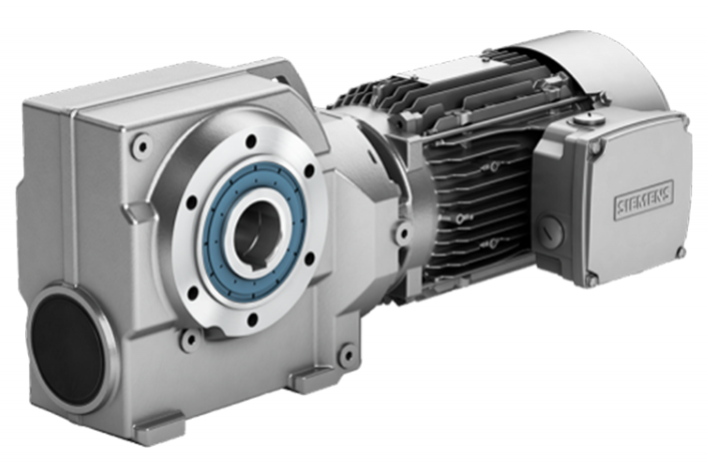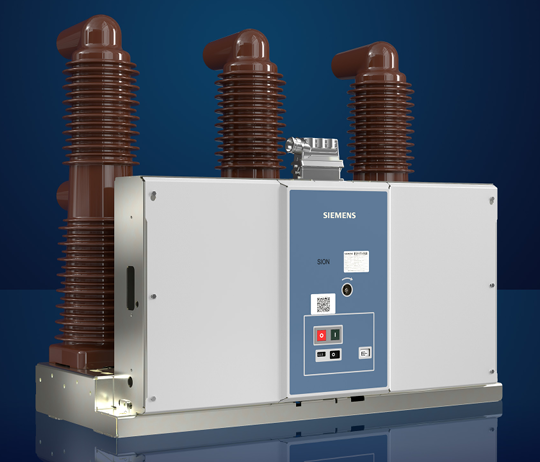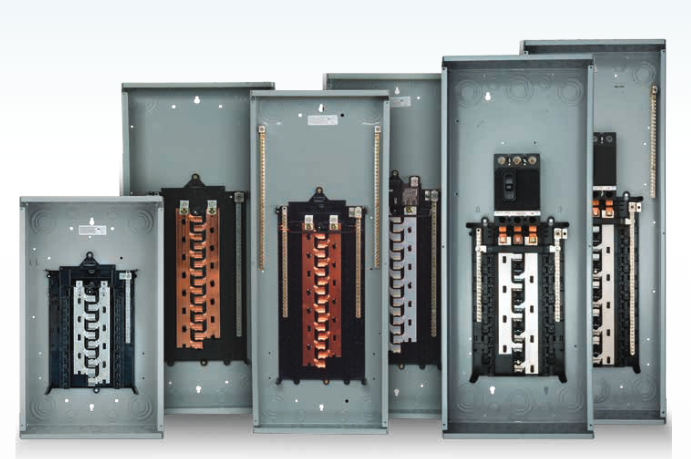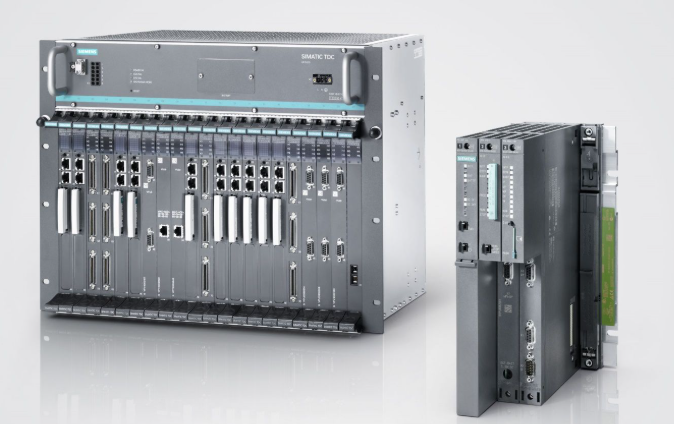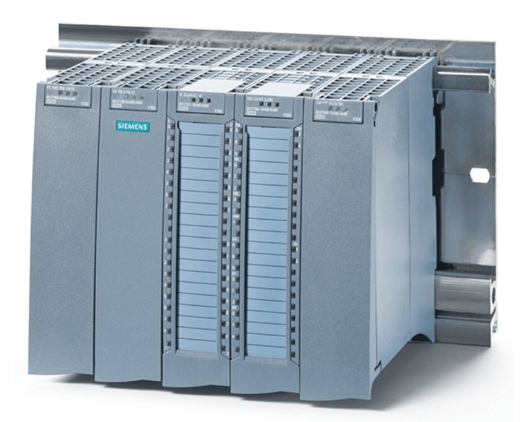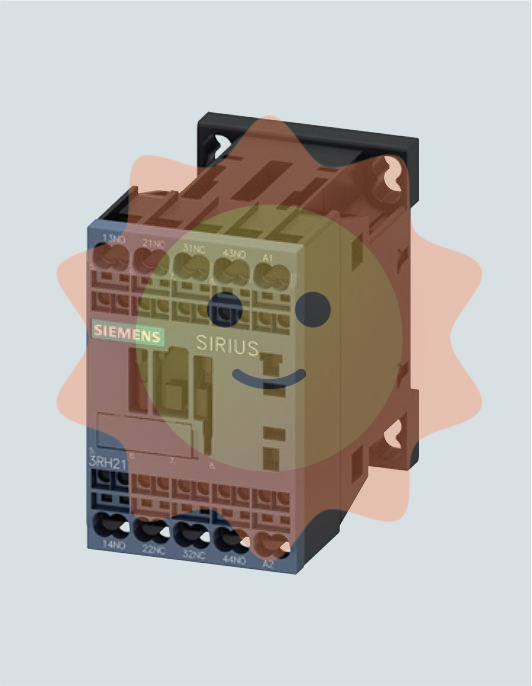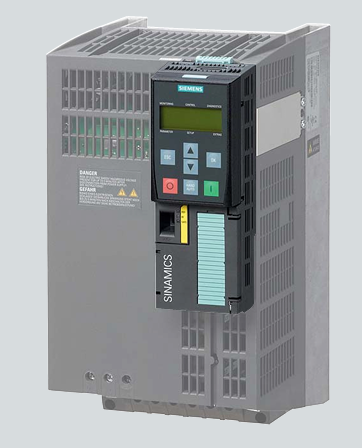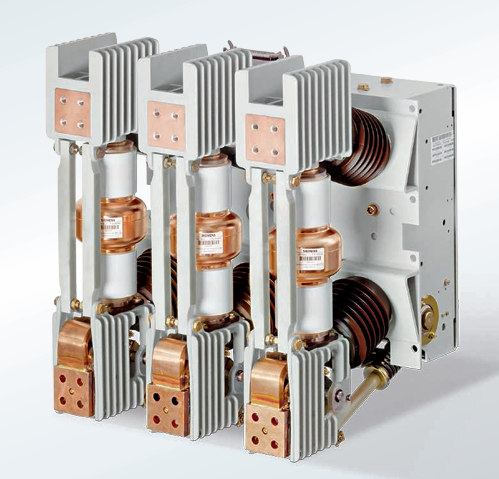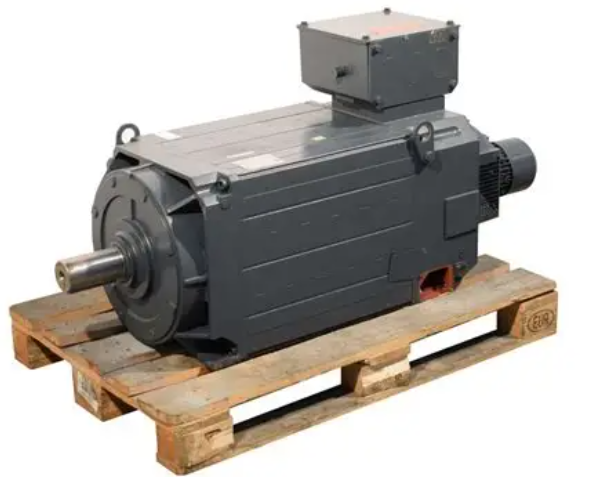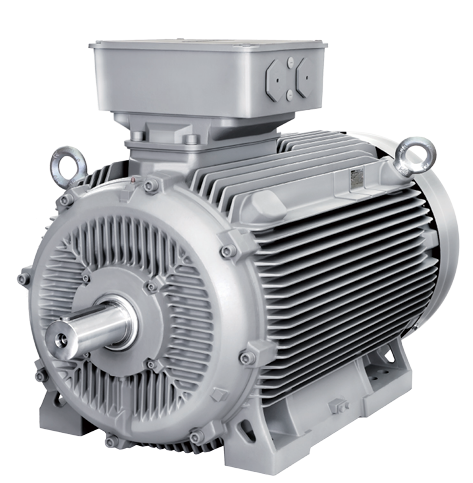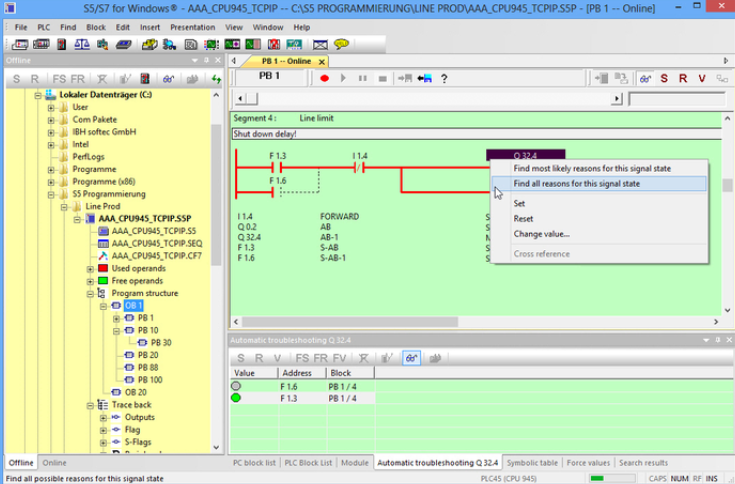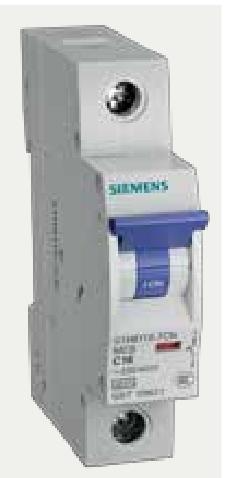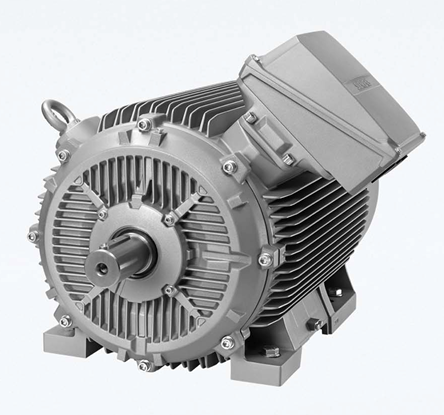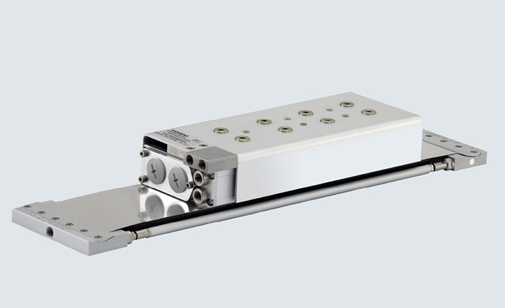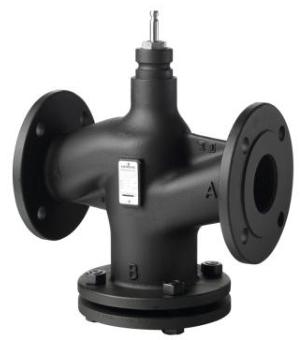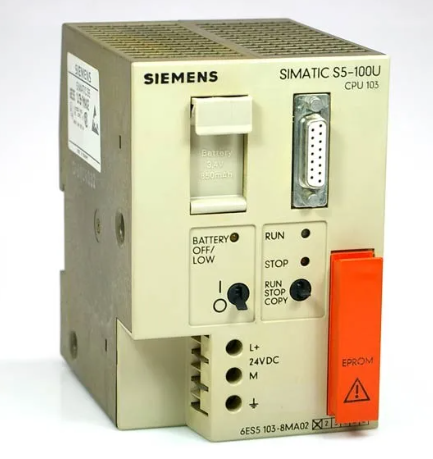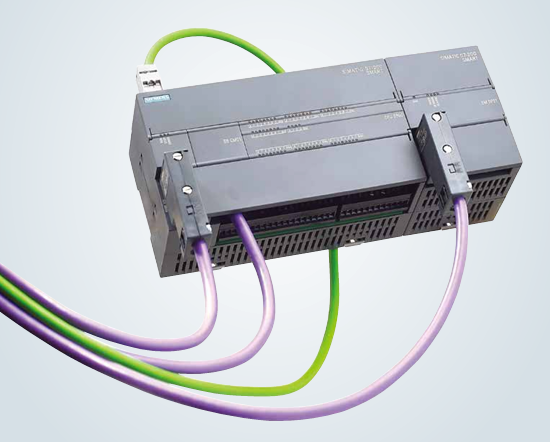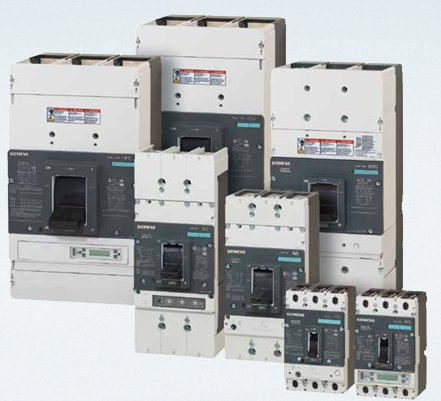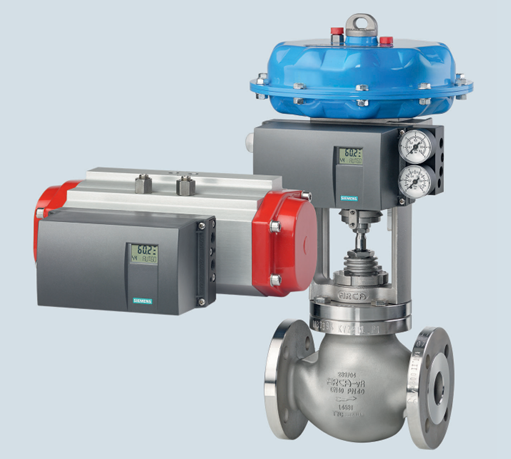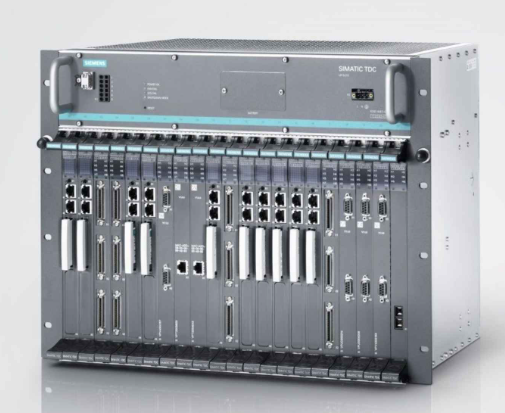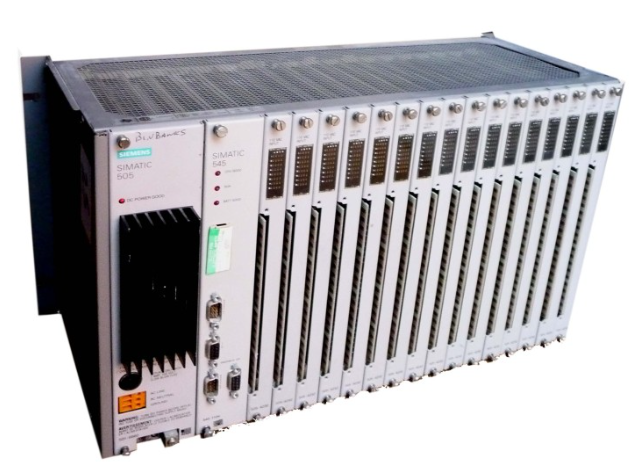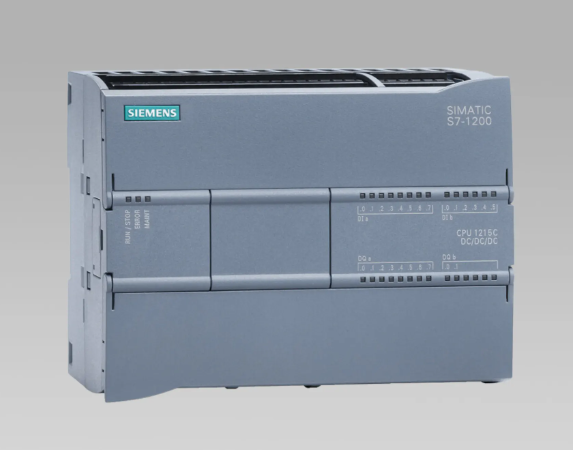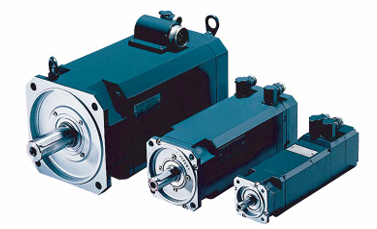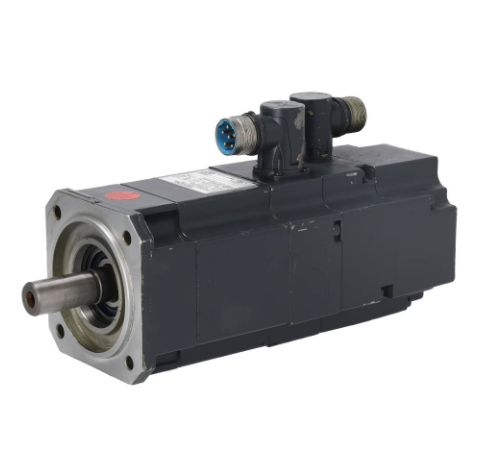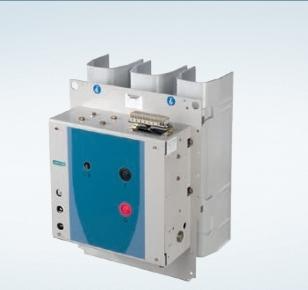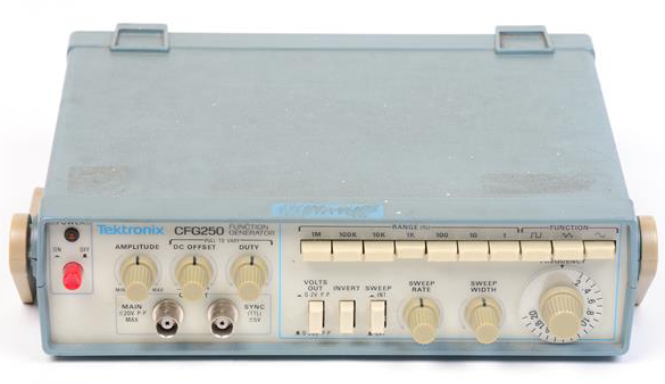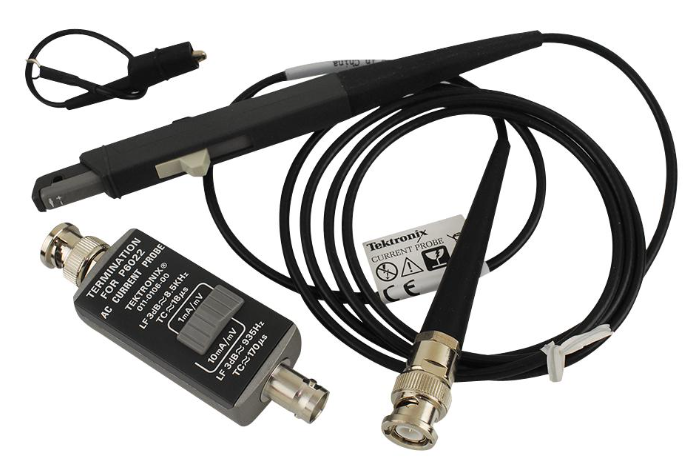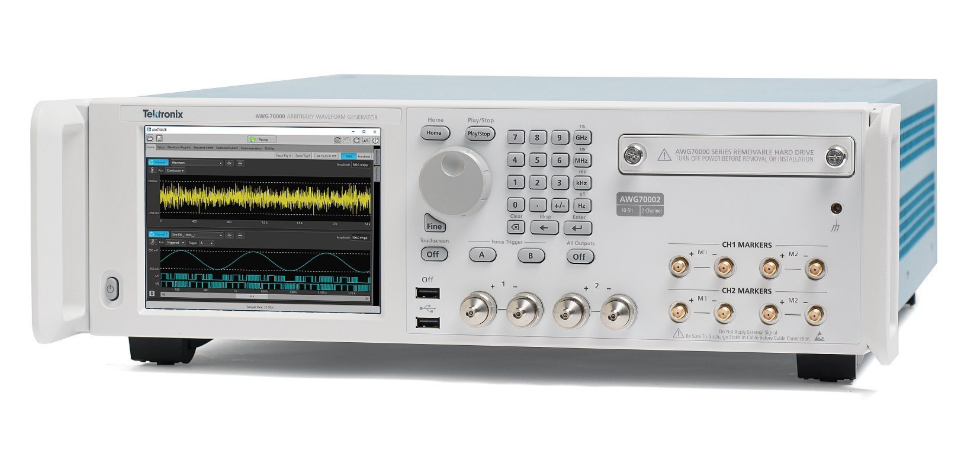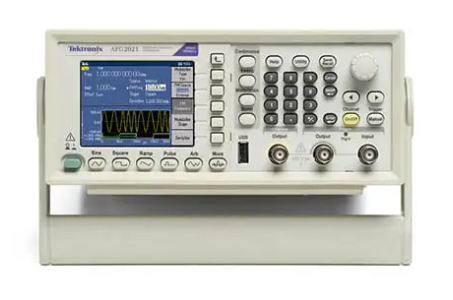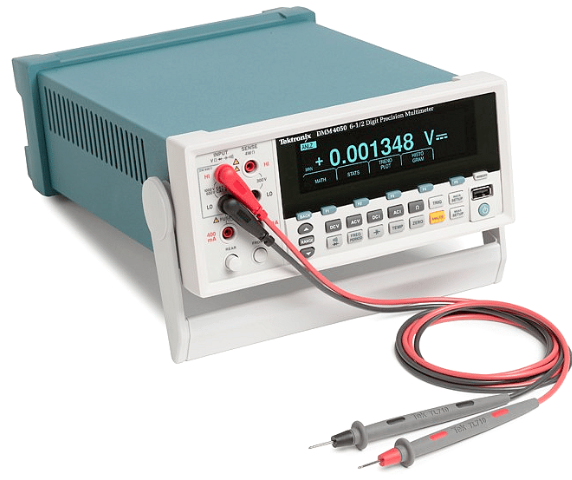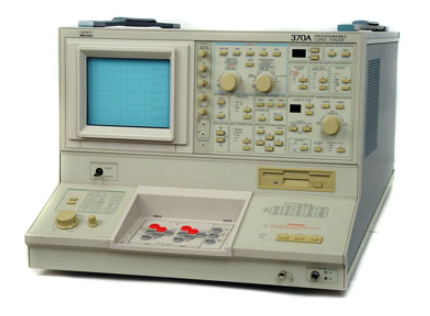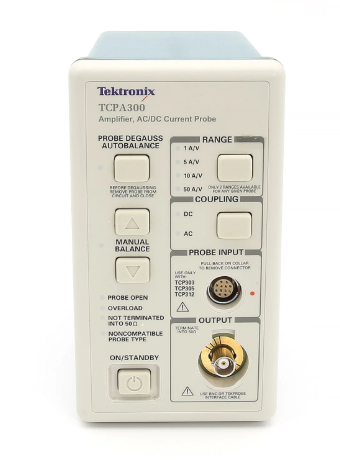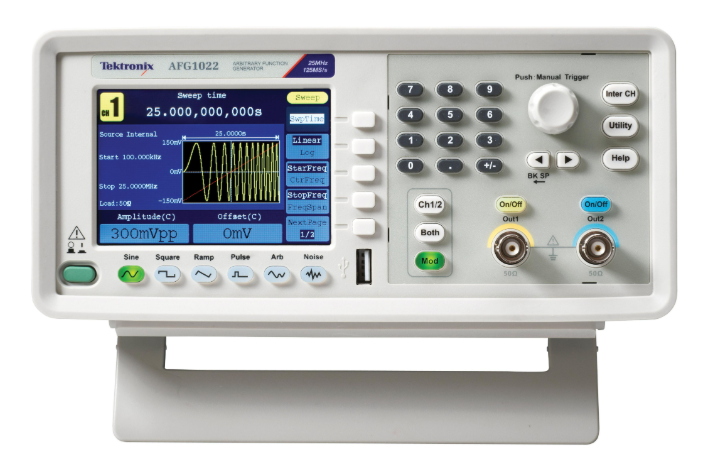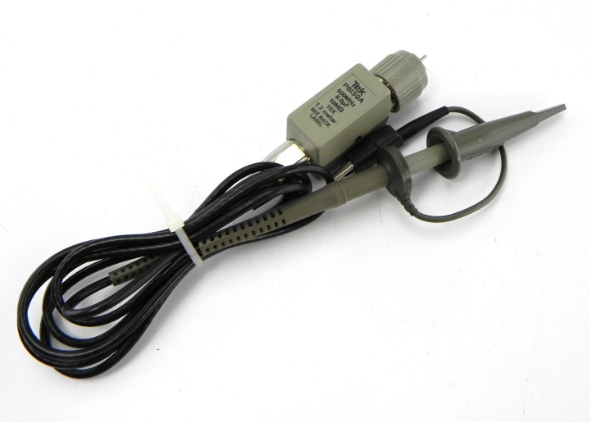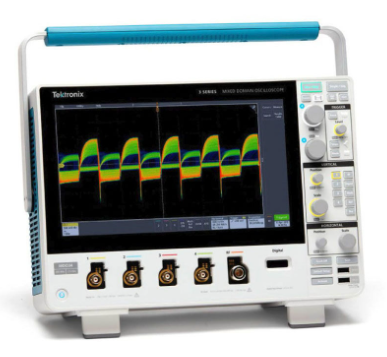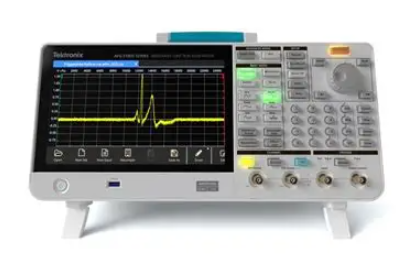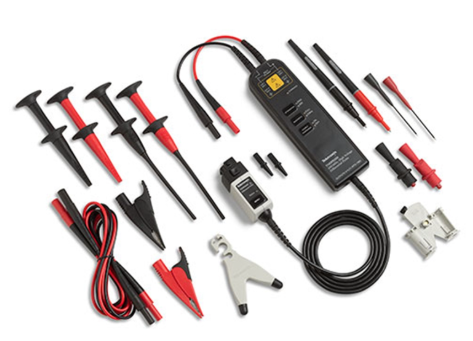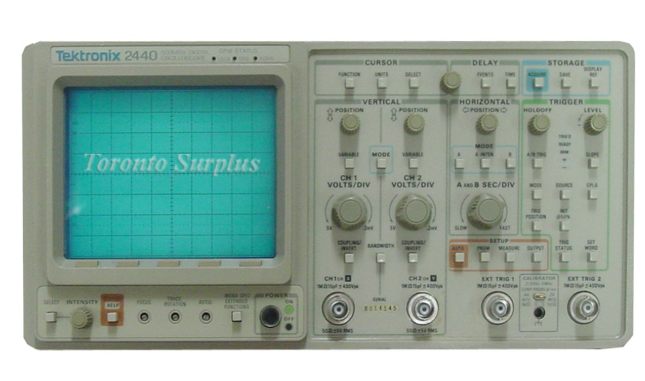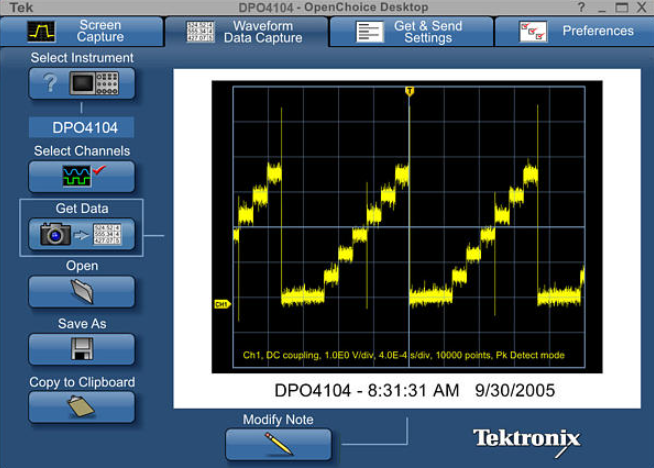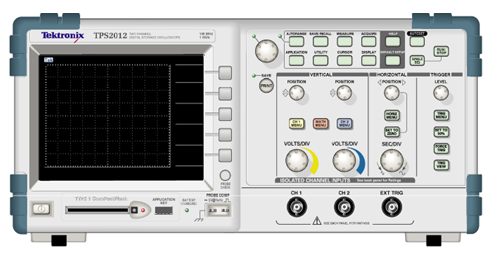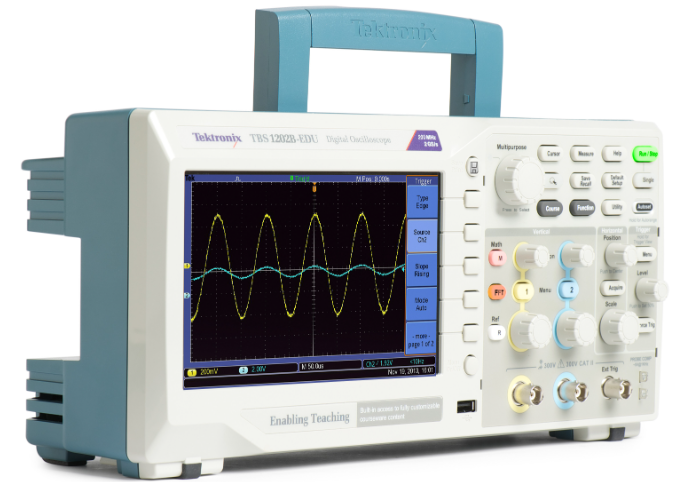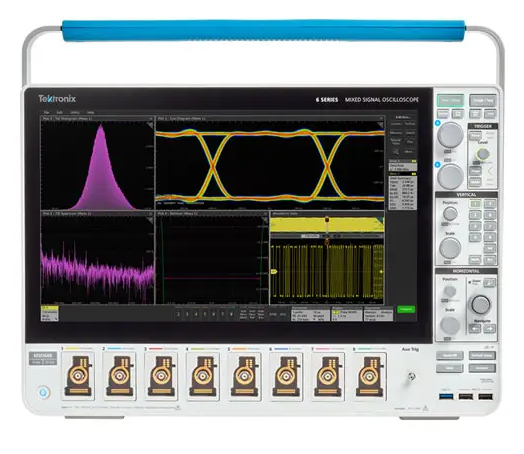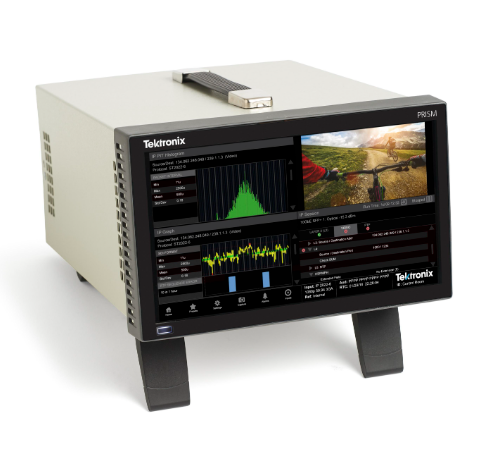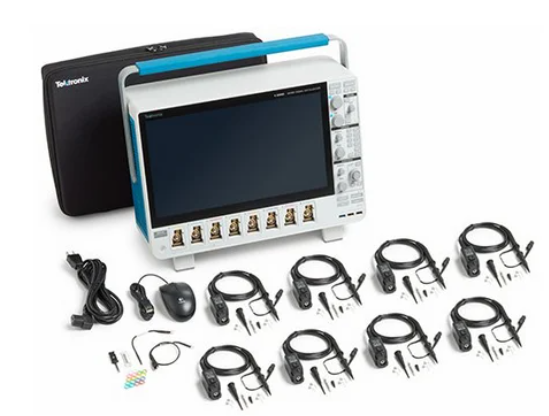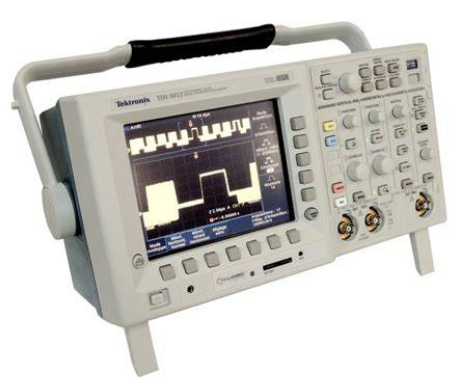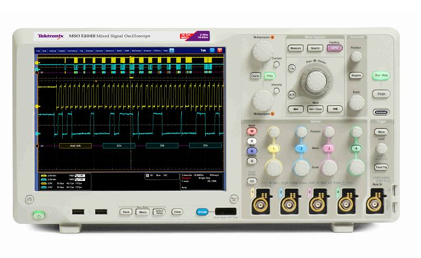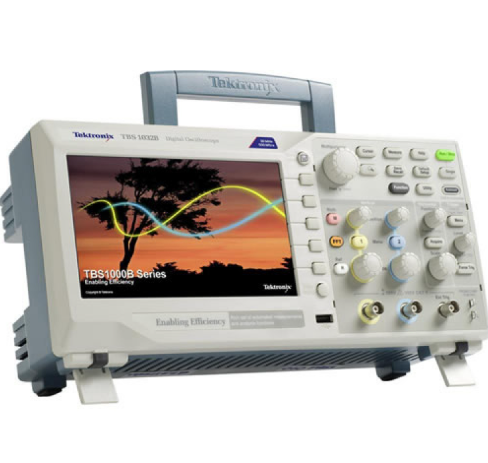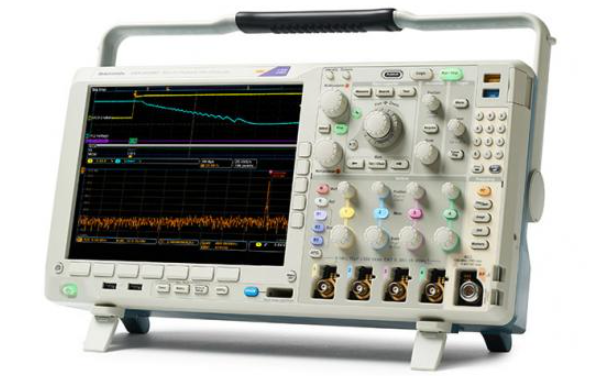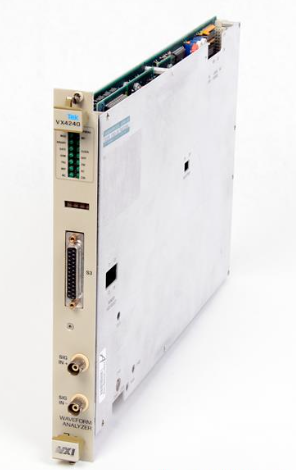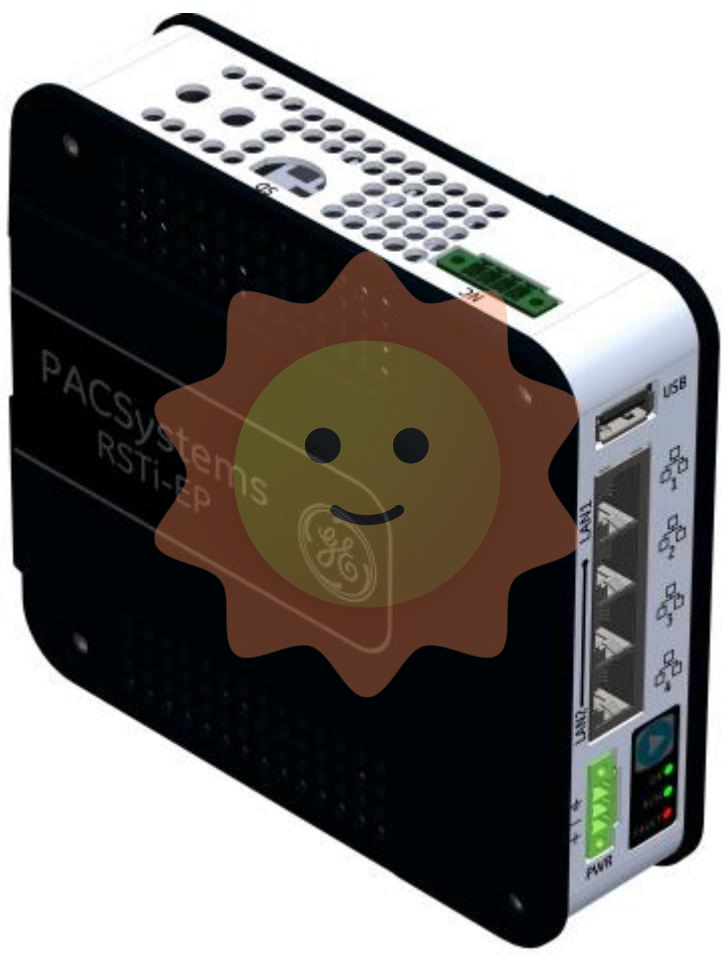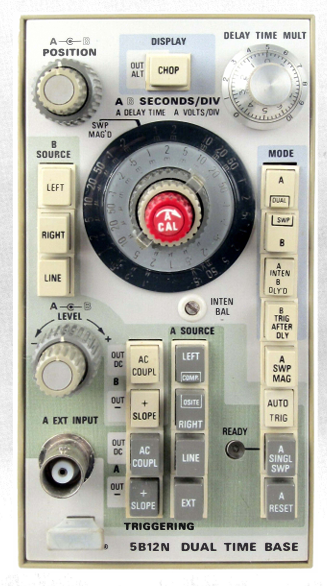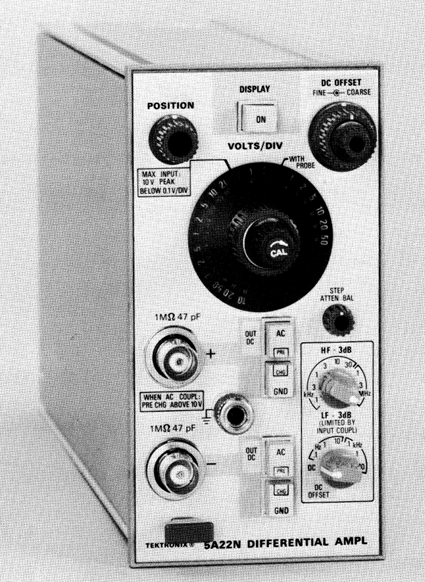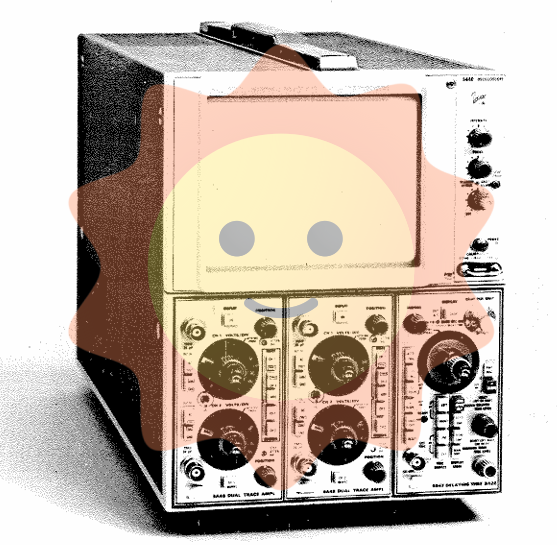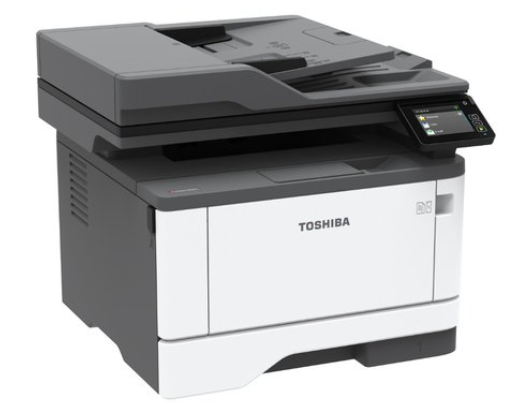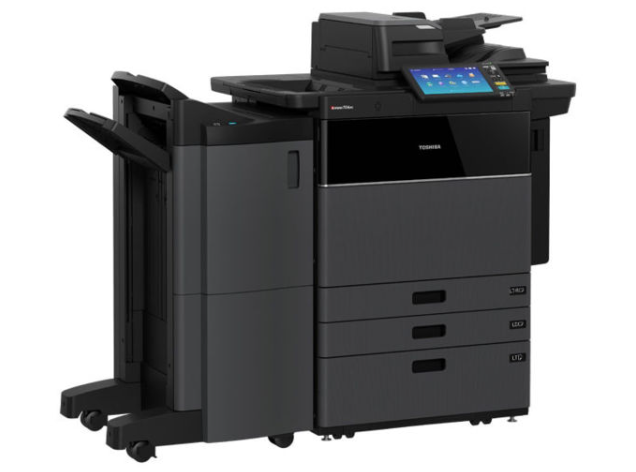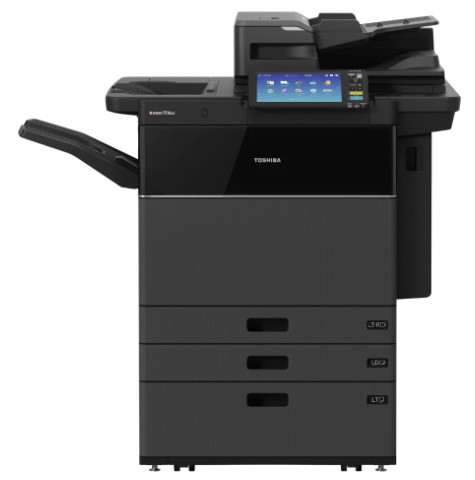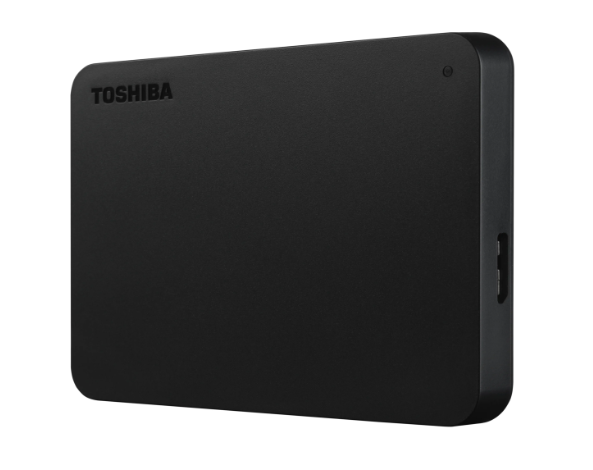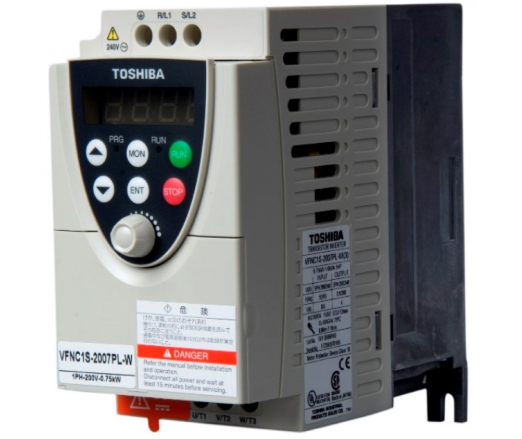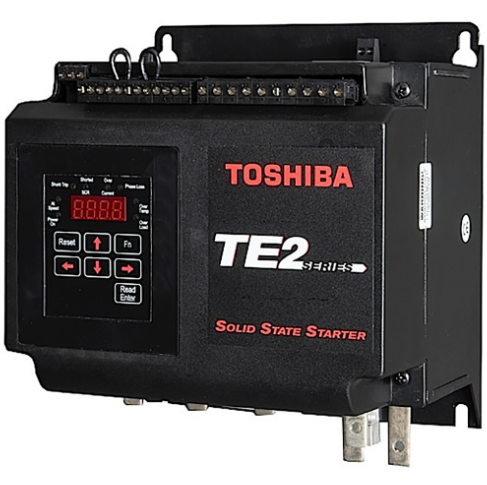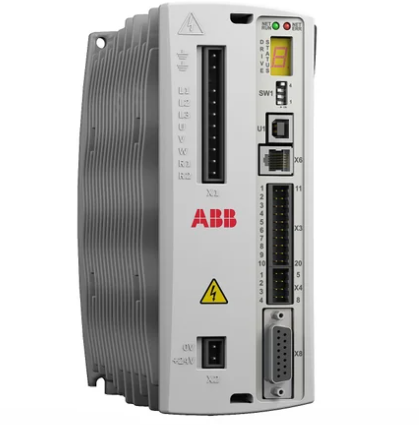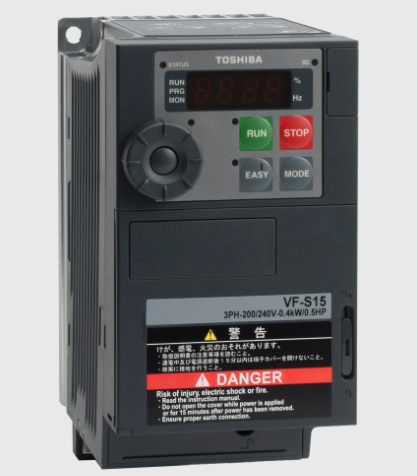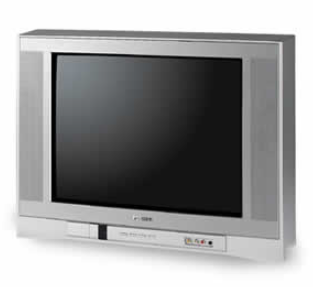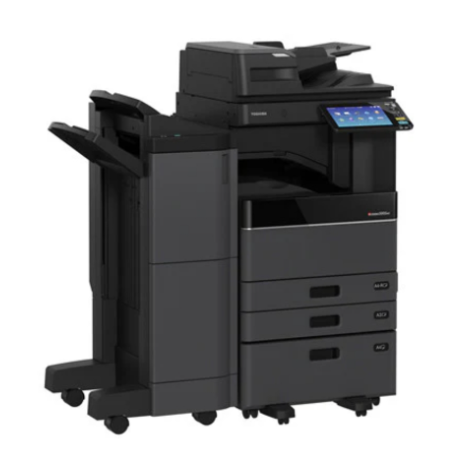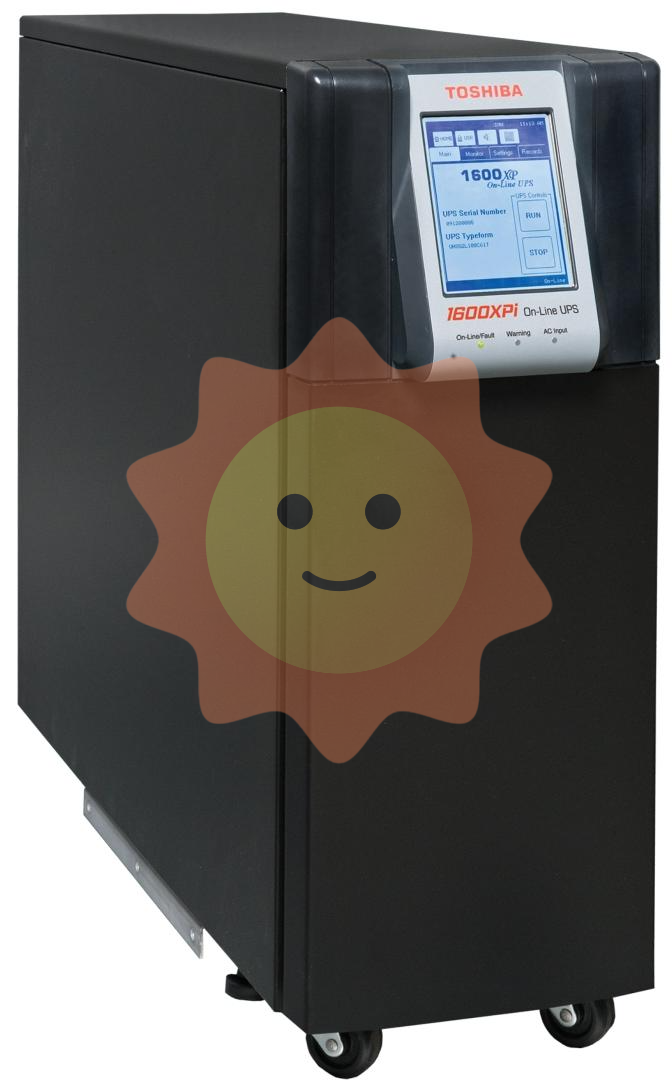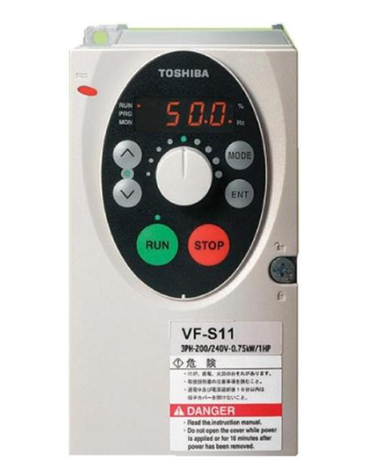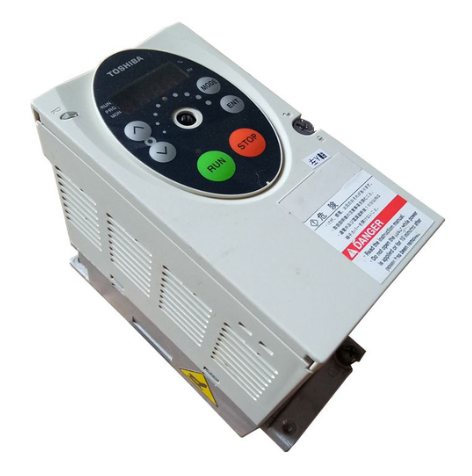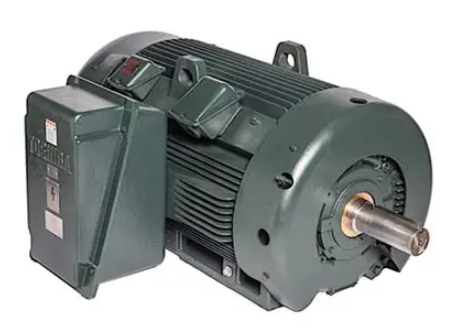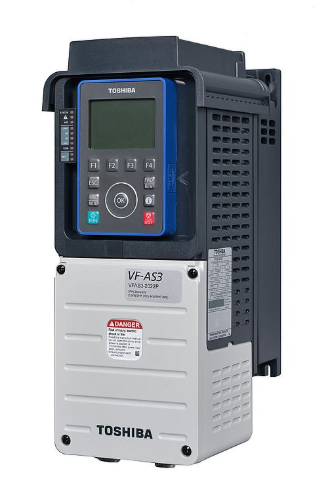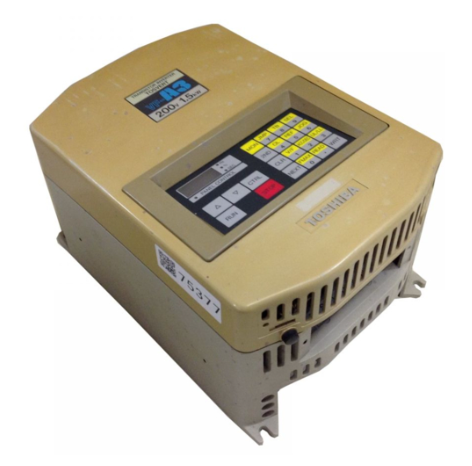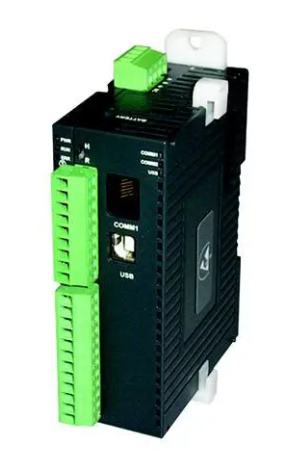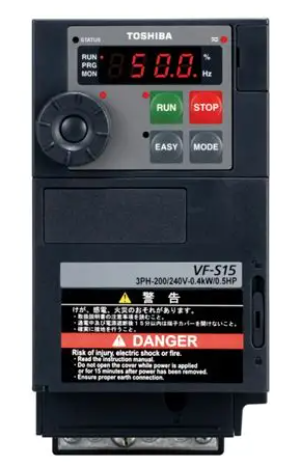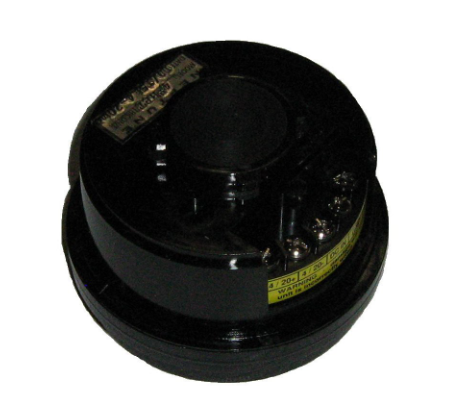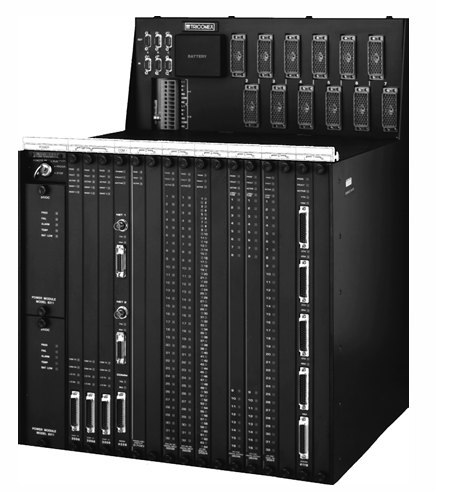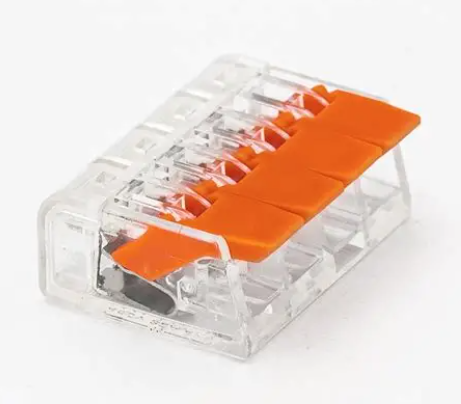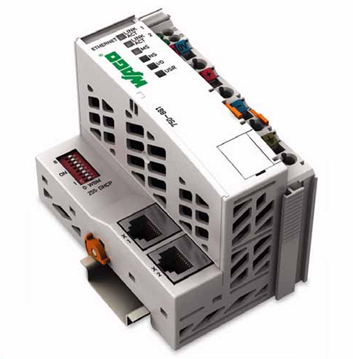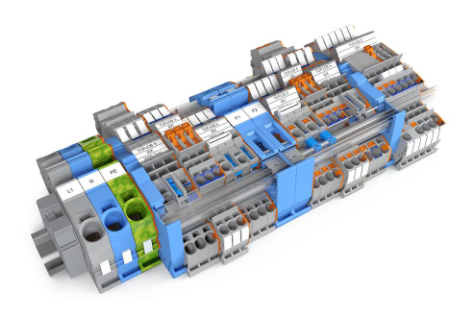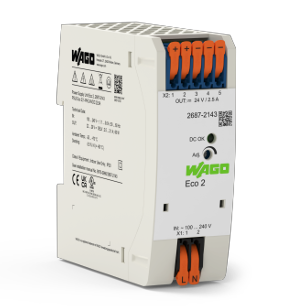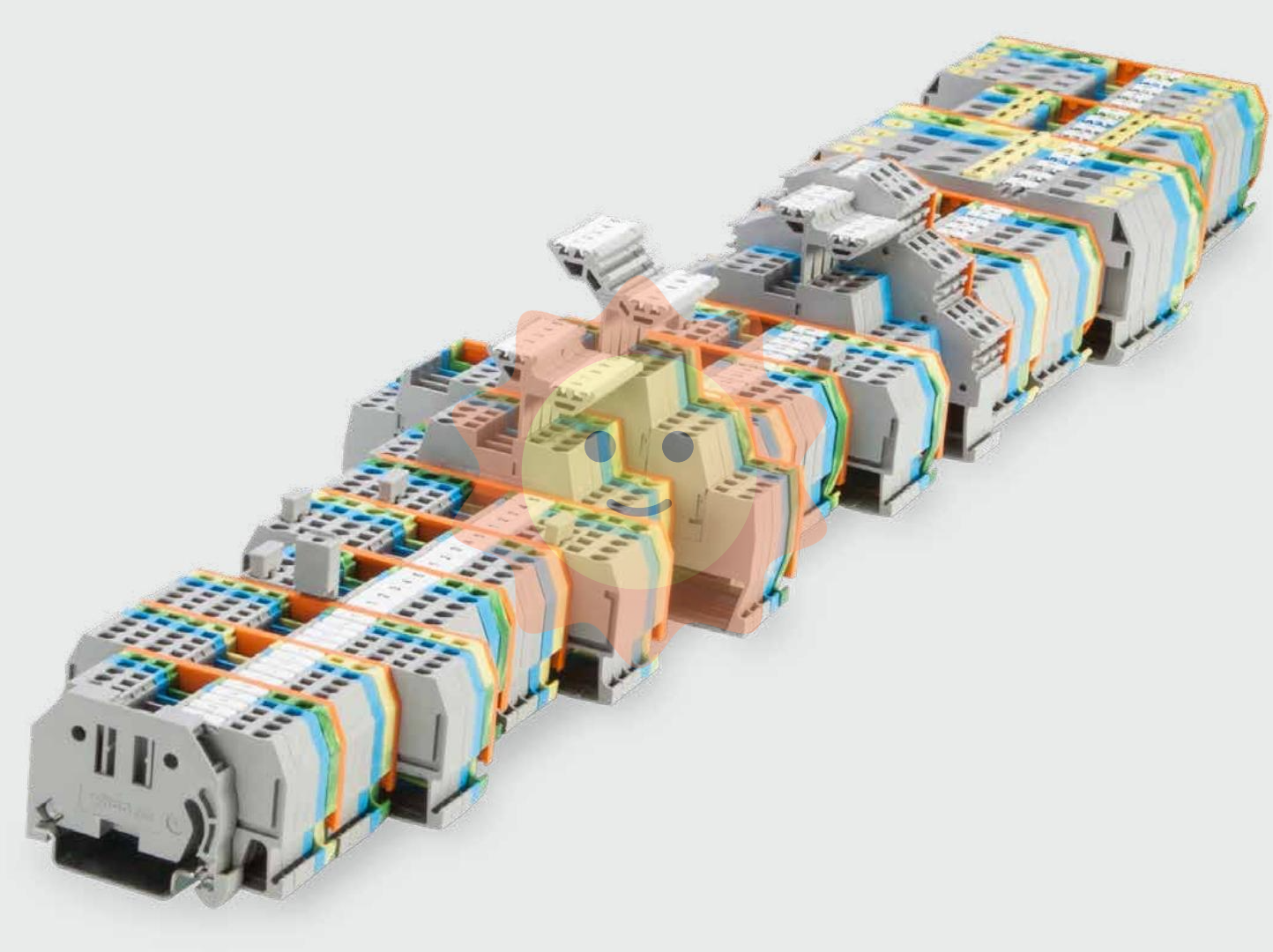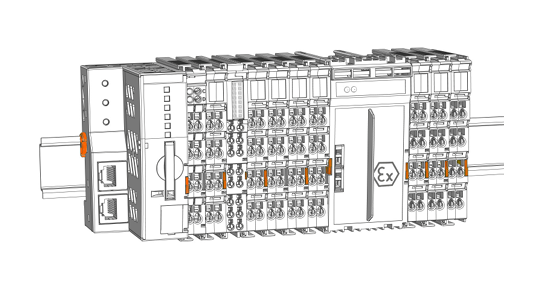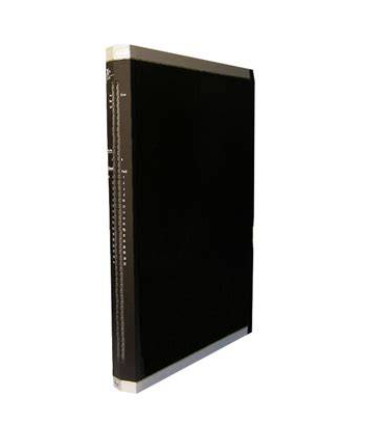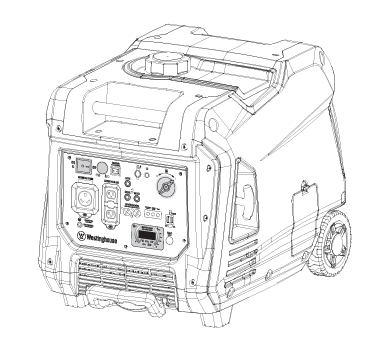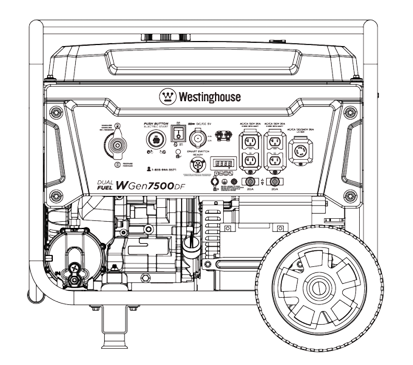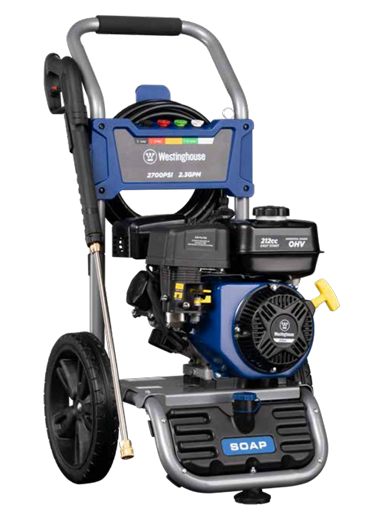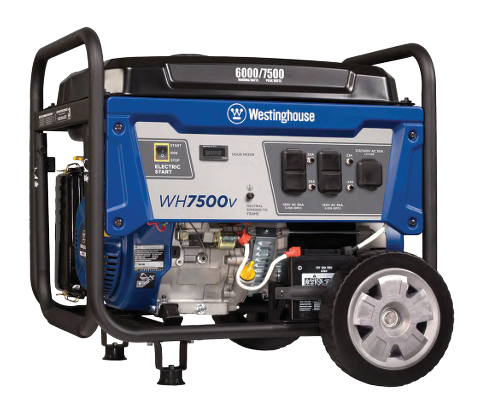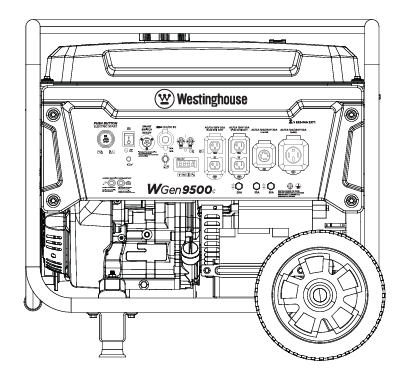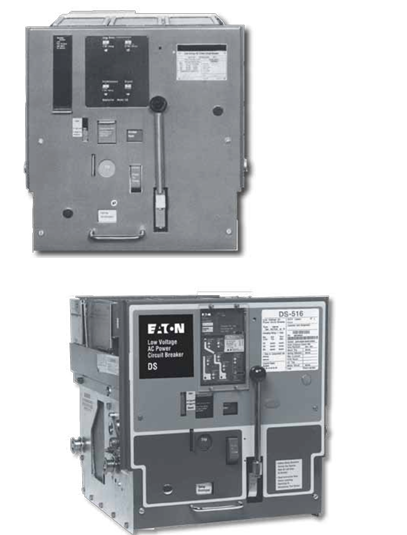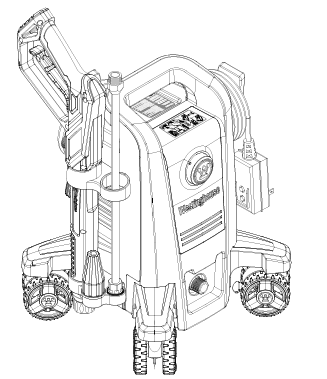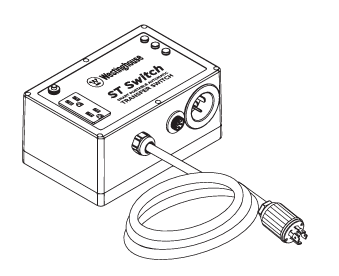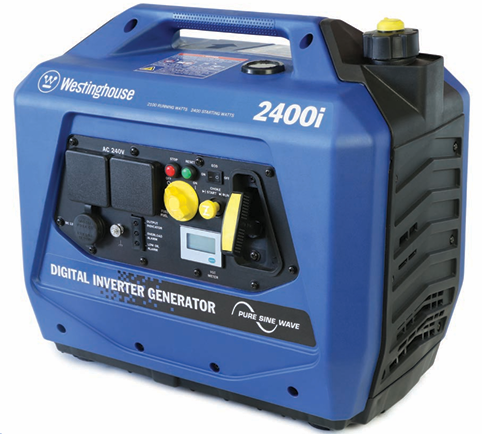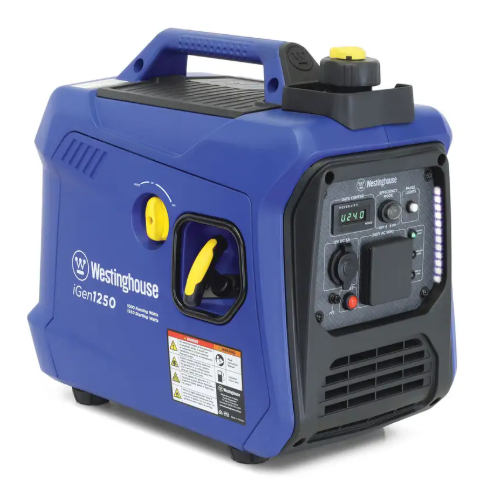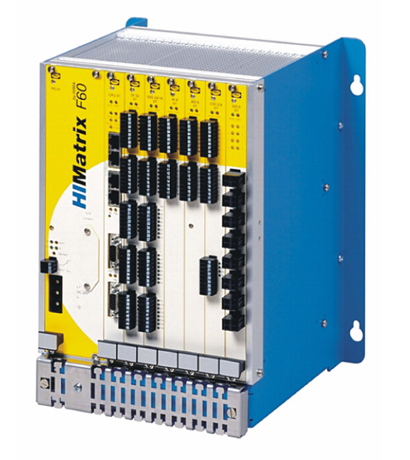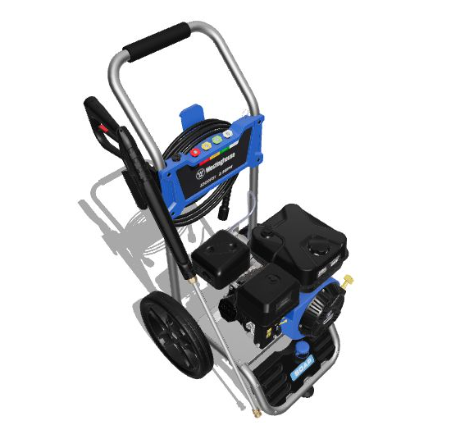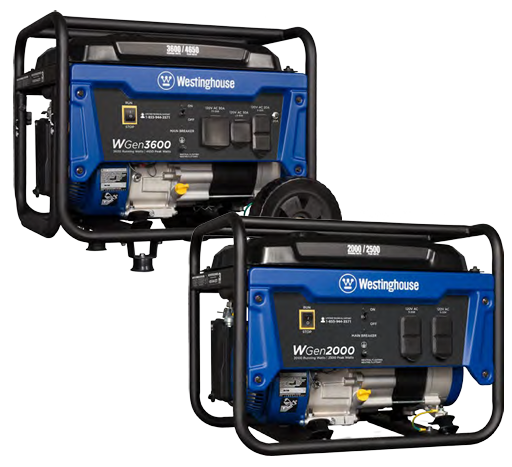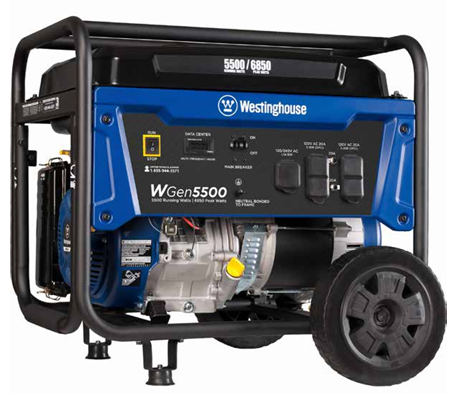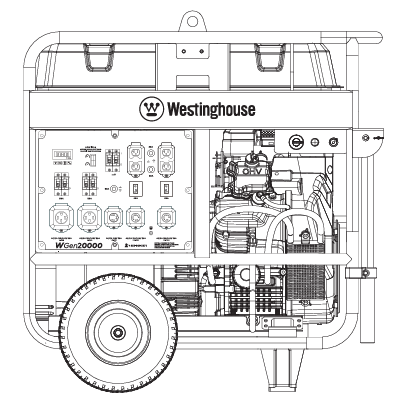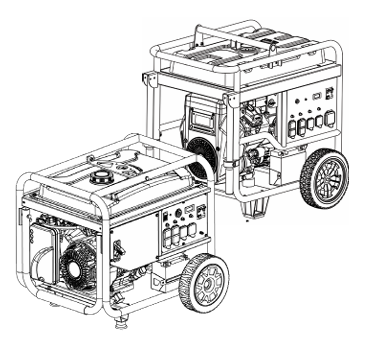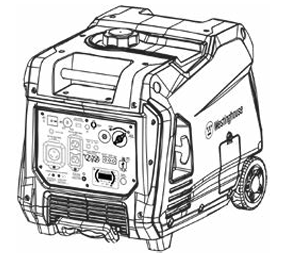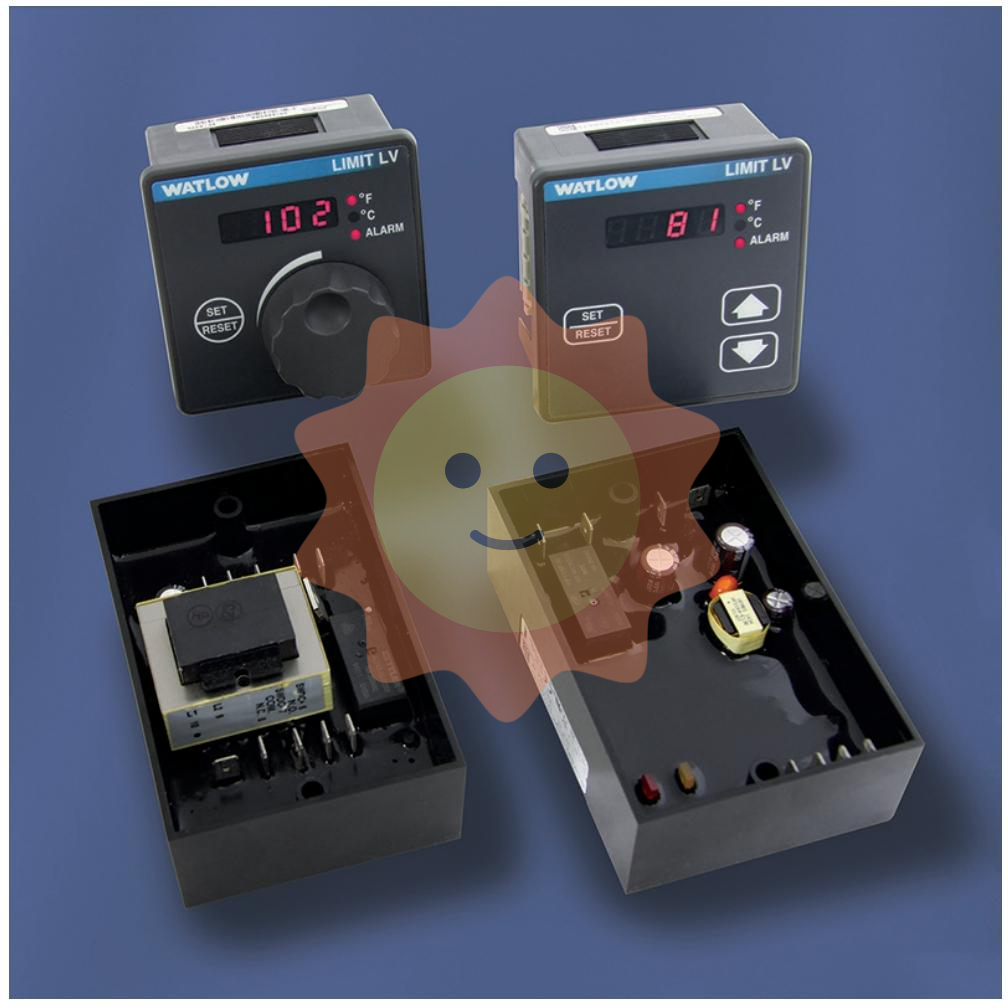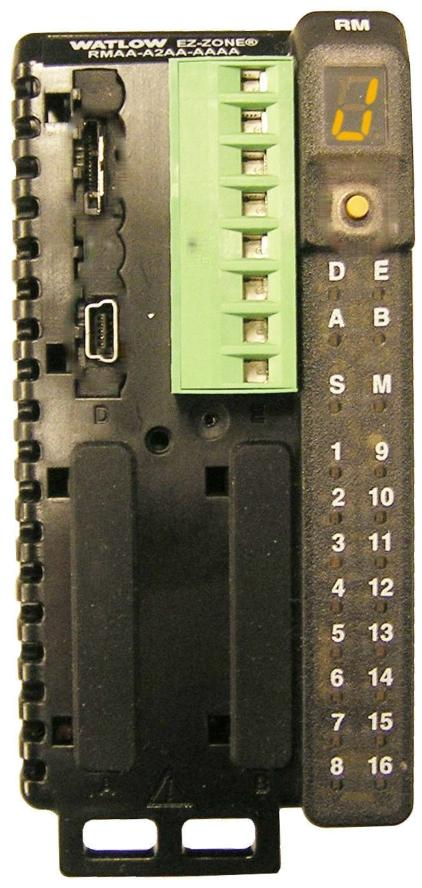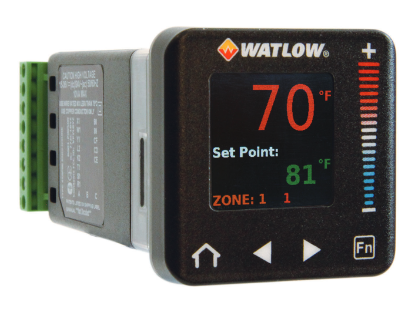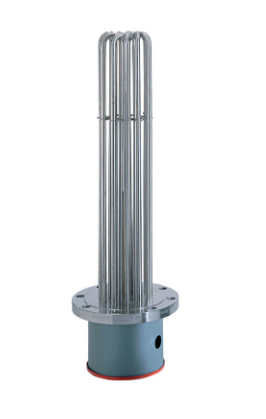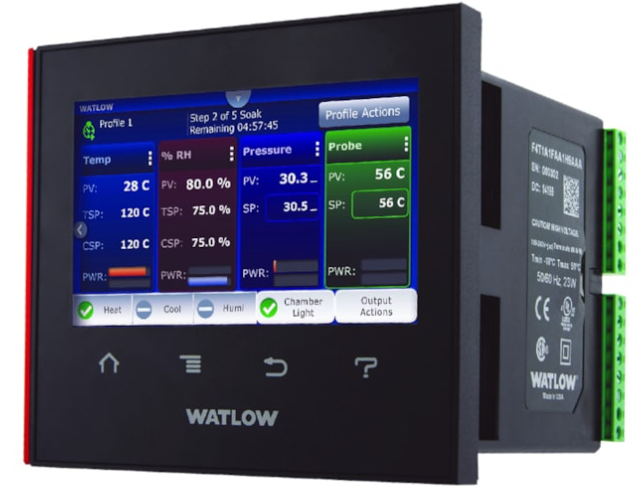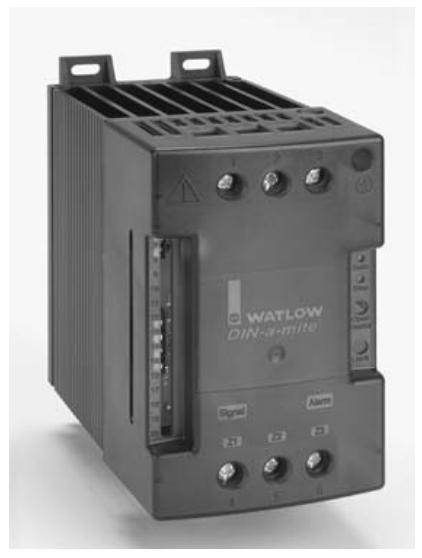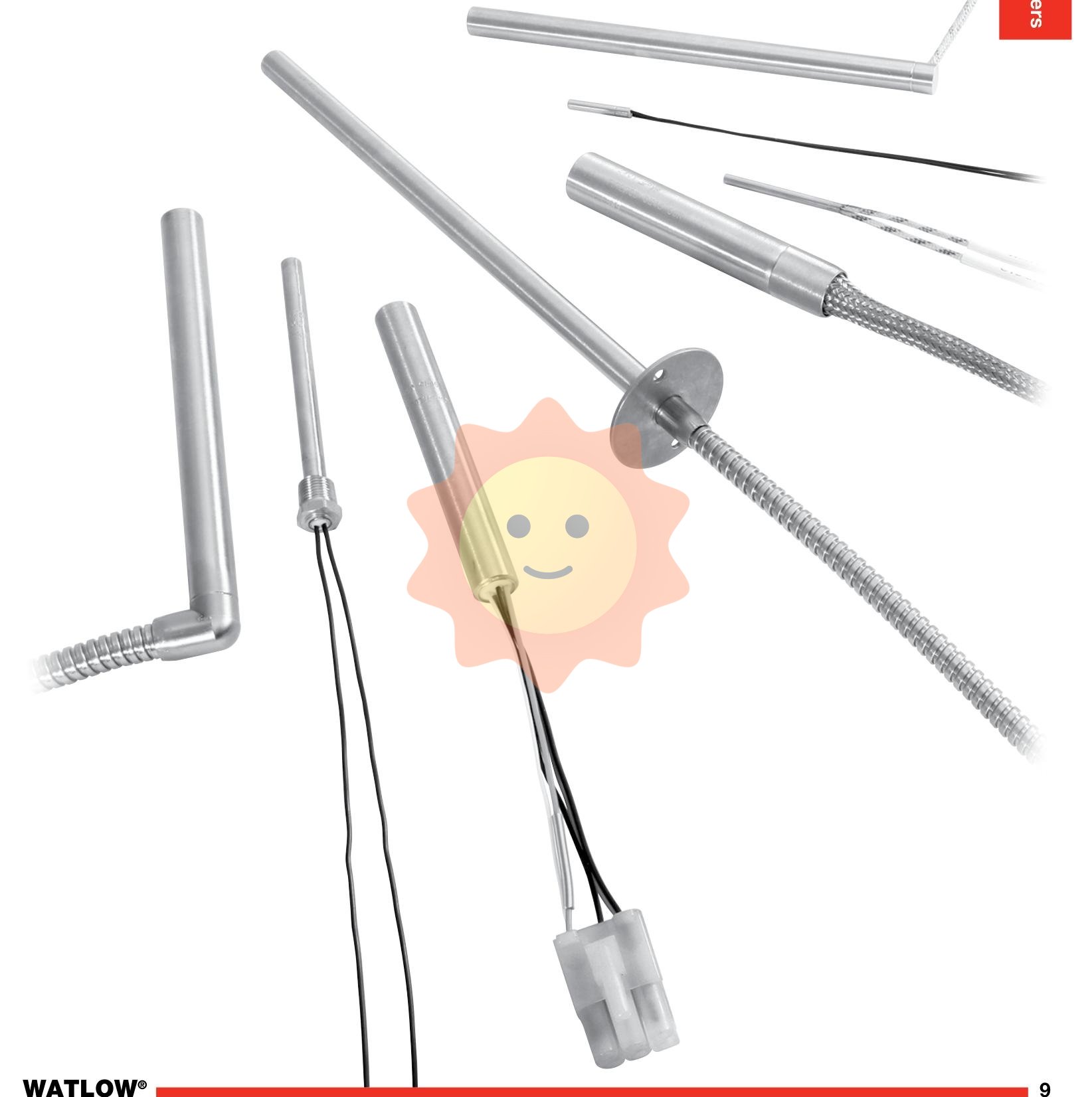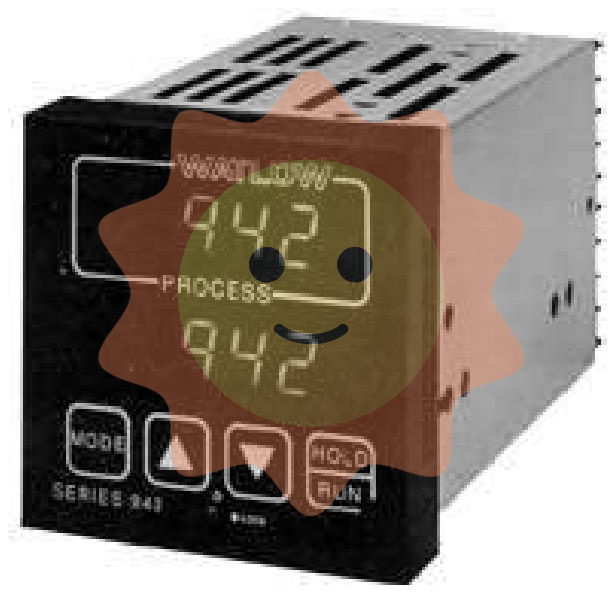GE IS210SCLSH2A - DIN MOUNT SCLS CARD ASSY
OVERVIEW
PRODUCT DEFINITION AND FUNCTION: The GE IS210SCLSH2A - DIN MOUNT SCLS CARD ASSY is a modular assembly that can be mounted on a DIN rail. It is mainly used in industrial automation control systems as a key component for signal processing and control. The module is able to receive various input signals, including analogue and digital signals, and after processing, it outputs the corresponding control signals to drive external devices, such as motors, valves, indicator lights, etc. At the same time, it also plays the role of signal conversion, isolation and enhancement in the system to ensure the accuracy and stability of the signal.
Working Principle
Signal Input Part
Analogue signal input: The module has several analogue input channels for receiving signals from analogue sensors. These sensors can be temperature sensors (outputting voltage or current signals related to temperature), pressure sensors (outputting electrical signals corresponding to pressure) and so on. When an analogue signal enters the module, it first passes through a signal conditioning circuit. Signal conditioning includes filtering (removing high-frequency noise and interference components from the signal), amplification (amplifying weak signals to achieve the appropriate level range) and level conversion (converting external signal levels to levels that can be processed within the module). The conditioned analogue signals are then fed into the analogue-to-digital (A/D) converter circuitry, which converts the analogue signals into digital signals.The A/D converter has a high resolution, e.g. 12-16 bits, and can accurately quantify the analogue signals into digital values for subsequent digital processing.
Digital Signal Input: The digital input channels are used to receive signals from digital sensors or switching devices (e.g. limit switches, proximity switches, etc.). These digital signals are buffered and level-matched after entering the module to ensure signal stability and compatibility. The buffer circuit eliminates signal jitter so that the signal can be read in a stable state, while level matching converts the external signal level to a level that meets the requirements of the module's internal circuitry. The processed digital signals are then transmitted directly to the control circuits inside the module.
Signal Processing and Transmission
Data processing: The converted analogue and digital signals are transmitted to the module's microprocessor or control unit via the internal data bus. The microprocessor processes these signals according to pre-programmed algorithms and logic. For example, for analogue signals, operations such as linearisation (if the sensor output is non-linear), scalar transformation (conversion of digital values to the values of actual physical quantities) may be performed. For digital signals, logical operations (e.g., and, or, not, etc.) and counting operations may be performed. The processed signal data will be organised and packaged according to system requirements, e.g. by adding information such as timestamps, device identifiers, etc.
Communication interface and transmission: The processed signals are transmitted to the upper control system or other related devices through the communication interface. The communication interface supports a variety of industrial communication protocols, such as Industrial Ethernet, Profibus, Modbus, etc., to ensure compatibility with different systems. The communication rate can be adjusted according to the actual application requirements to achieve fast and stable data transmission. Through this communication process, the module sends the collected and processed signals to the control system for higher-level decision-making and control operations.
Signal output part
Digital Output Signal: After the module receives the control instructions from the control system, for the digital output signal, the control unit will send the digital signal to the output driving circuit. The output driver circuit will perform power amplification and level conversion on the signal so that the output signal can meet the driving requirements of external digital devices (e.g. relays, indicator lights, etc.). For example, outputting enough current to make a relay close or release, so as to control the on/off of external circuits; or providing the right voltage to light up or extinguish an indicator lamp.
Analogue Output Signals: For analogue output signals, the digital control signal is first converted to an analogue signal by a digital-to-analogue (D/A) converter circuit. Then, the analogue signal passes through the analogue signal conditioning circuit, including amplification, filtering and other operations, so that the output analogue signal meets the signal requirements of external analogue devices (e.g., electric valve actuators), thus realising precise control of external devices.
Performance features
High-precision signal processing: During signal acquisition and processing, the A/D conversion accuracy of the analogue input can reach ±0.1% - ±0.5% of full-scale accuracy, and the digital signal processing can also ensure accuracy. This high accuracy makes it possible to accurately acquire and process various signals, which is suitable for industrial applications requiring high control accuracy, such as precision chemical process control and high-precision motor speed regulation.
Multi-Channel Input/Output Function: With multiple input and output channels, it is convenient to acquire signals from multiple field devices and control multiple actuators at the same time. The number of input channels may vary from 8 - 16, and the number of output channels may vary from 4 - 8, depending on the module model. This multi-channel design can meet the needs of complex industrial control systems, such as controlling the opening of multiple valves and the operating status of multiple motors at the same time.
Good compatibility and integration: It supports a variety of industrial communication protocols and can easily communicate with control systems and field devices from different manufacturers. This makes it have good compatibility in the process of industrial automation system integration, and it can be easily integrated into the existing system architecture to achieve data interaction and sharing. Meanwhile, its DIN rail mounting is also easy to install and layout in the control cabinet.
Strong anti-interference capability: In industrial environments, there are various kinds of electromagnetic interference (EMI) and radio frequency interference (RFI). The module can effectively resist these interferences by means of good hardware design (e.g. shielding enclosure, isolation circuit) and software algorithms (e.g. signal filtering, digital signal error correction). For example, in a strong electromagnetic interference environment, it is still able to accurately collect and transmit signals to ensure the stability of industrial control systems.
Technical Parameters
Input parameters
Number and range of analogue input channels: Generally there are 8 - 16 analogue input channels, capable of receiving a wide range of analogue signal types. For example, the range of voltage signals can include - 10V - + 10V, 0 - 10V, etc., and the range of current signals can include 4 - 20mA, 0 - 20mA, etc., in order to adapt to the output signals of different sensors.
Digital Input Types and Level Standards: Supports a variety of digital signal types, such as TTL (Transistor Transistor Logic) levels, CMOS (Complementary Metal Oxide Semiconductor) levels, TTL levels generally range from 2V - 5V at high levels and 0V - 0.8V at low levels; CMOS level ranges vary depending on the specific device.
Input Signal Resolution (Analogue Inputs): The analogue input channels can have a resolution of 12 - 16 bits, which allows for more accurate acquisition of analogue signals.
Output Parameters
Number and Range of Analogue Output Channels: Typically there are 4 - 8 analogue output channels, the analogue output range can be 0 - 10V voltage signals, 4 - 20mA current signals, etc., which can be used to control the operating status of external analogue devices.
Digital Output Characteristics: The digital outputs provide sufficient drive capability, with output currents in the tens of milliamps (mA) range, to ensure that external digital devices (e.g. relays, indicators, etc.) can be driven reliably. The output signal levels conform to industry standards, such as 3.3V - 5V (TTL levels) for high levels and near 0V for low levels.
Output signal update frequency (analogue outputs): The analogue outputs have a high update frequency, capable of thousands of times per second, depending on the system setup and requirements, and the high update frequency helps to achieve precise dynamic control of external devices.
Communication parameters
Supported communication protocols: When communicating with the control system, GE-specific communication protocols are supported, and may also be compatible with some industry-standard communication protocols (e.g. Modbus, etc.) to facilitate data interaction with other devices or systems.
Communication rate: In the internal system communication, the communication rate may reach about 10Mbps - 100Mbps, depending on the configuration of the system and the application scenario, to ensure the fast transmission of data between the module and the system.

- User name Member Level Quantity Specification Purchase Date
- Satisfaction :
-









Email:wang@kongjiangauto.com

